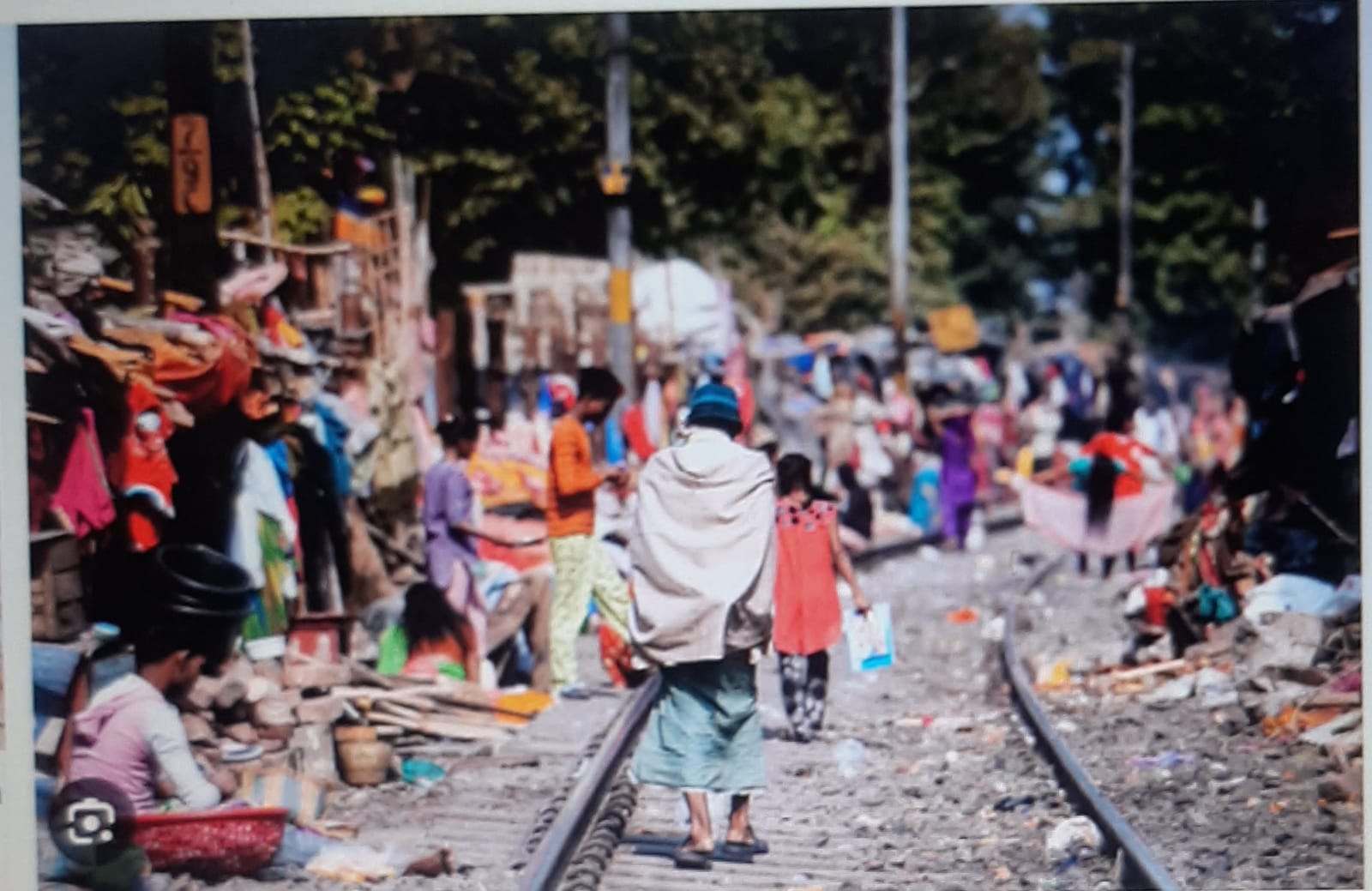
Now Uttar Pradesh and other states such as Bihar, Madhya Pradesh, Orissa and West Bengal have to face the bigger challenge of handling the lakhs and lakhs of labourers who have returned to their homes and are still coming back in droves.
V S Pandey
India under lockdown 4.0 has taken a series of steps to move towards normalcy. Although the number of confirmed coronavirus cases has risen sharply to more than 1.32 lakh and deaths are touching the 4,000-mark, state governments and district authorities have been tasked to open up shops, let industrial operations begin and allow movement of people with restrictions in accordance with the prevailing coronavirus infections in the area. Things are, by and large, limping back to normalcy but people are still hesitant to venture out due to fear of contracting the coronavirus disease.It is expected that things will improve after some time. The central government has prudently decided to start railway and air services. These steps are necessary to give confidence to the people to resume their normal lives.
The number of Covid-19 infections in India are largely concentrated in states such as Maharashtra, Tamil Nadu, Gujarat and Delhi. These states account for 67% of the 1.31 lakh cases. According to Union Health Ministry data, Maharashtra with 47,190 cases and 1577 deaths tops the list followed by Tamil Nadu with 15,512 cases. Compare these numbers with that of Uttar Pradesh which, population wise, has nearly twice the population of Maharashtra, but has 6,017 coronavirus cases and 155 deaths. As per the official reports, 3,406 people out of the 6,017 infected people have recovered and more than 90% of the remaining people are also on the road of recovery. Some other states have also shown significantly better performance in controlling the spread of coronavirus. Remember that a large swathe of population of Uttar Pradesh resides in the neighborhood of Delhi. But still the state could manage to isolate itself from the spread of the virus. Ghaziabad, which shares a long boundary with Delhi, recorded very few cases as compared to the national capital.
Kerala is another state that succeeded in containing the spread of virus early. It helped that it has one of the best human development index in our country, a good health services infrastructure, a fully literate population and so on.
Uttar Pradesh had none of these advantages. Its health-related infrastructure, at best, can be rated as average, literacy levels below the national average and has the maximum number of poor people to look after. Despite these adverse factors, its performance in dealing with this pandemic is praiseworthy. Certainly, no one has a magic wand but to follow the guidelines issued from time to time by the Government of India to control the disease.
It can be inferred safely that those states who strictly followed the standard operating procedures succeeded in containing the spread of the virus. Uttar Pradesh was one of the states which went about its business professionally with hands on policy and daily monitoring and ensured implementation of the relevant guidelines with vigour. The strict implementation of the lockdown guidelines at times, did cause inconvenience to people but it seems to be paying off, so far.
Now Uttar Pradesh and other states such as Bihar, Madhya Pradesh, Orissa and West Bengal have to face the bigger challenge of handling the lakhs and lakhs of labourers who have returned to their homes and are still coming back in droves. Due to this, there has been a noticeable spike in the number of Covid-19 cases in Uttar Pradesh and other states. Again, the states who show the will to follow the laid-down guidelines in this regard stand a better chance of containing the spread of the virus. So far that seems to be the case in Uttar Pradesh, where the state machinery has set in motion the protocol to quarantine them and test all those showing any symptom of the coronavirus disease. It is also noteworthy that during the lockdown, Uttar Pradesh, whose mainstay is agriculture, ensured that agriculture operations, mandis, and other related operations continued with social distancing norms. This kept nearly 70% of the population safe and engaged.
But the bigger challenge awaits states such as Uttar Pradesh, Bihar, Orissa etc. These lakhs of migrant labourers will have to be provided with productive jobs at the earliest. The rural job guarantee scheme MGNREGA is not going to help the situation. Our experience of nearly four decades in implementing such programmes on the ground tells us that they have outlived their utility a long time ago. Time has come to have a fresh look at how to create employment opportunities for all those who have had to leave their homes in search of employment and go to other states. Mere slogans are not going to help us solve this serious issue of widespread unemployment staring at us. This is the most pressing problem today and we need to fix the problem expeditiously. Tomorrow may be too late. (Courtesy: The Hindustan Times)
(VS Pandey is a retired Uttar Pradesh cadre IAS officer and retired as secretary to the Government of India)









